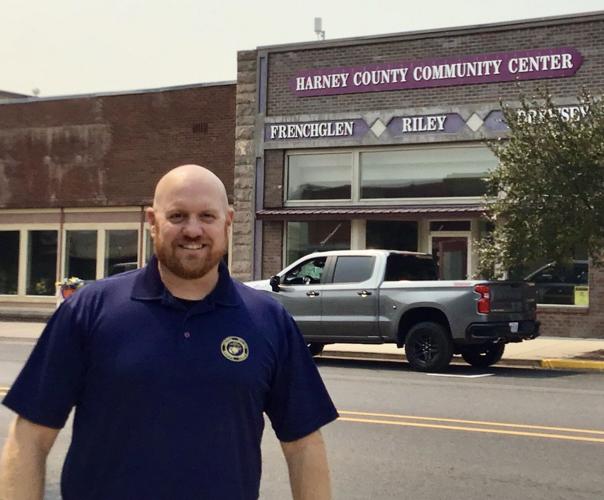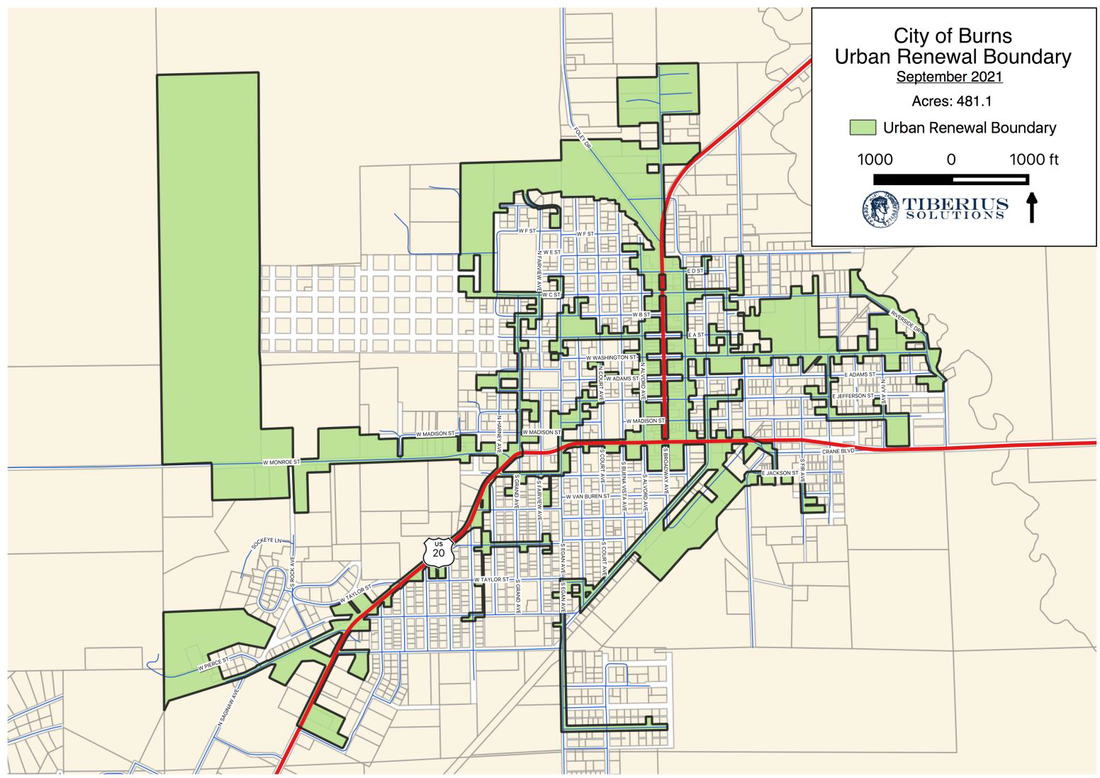|
The U. S. Geological Survey, the U. S. Department of the Interior's sole scientific agency, has published, in cooperation with the Oregon Water Resources Department (OWRD), two studies of the groundwater in the Harney Basin:
0 Comments
At the Local Candidates' forum held by the Harney County Democrats this week, none of the candidates supported Governor Kate Brown's mask mandates or mandatory vaccinations. They felt that the only legitimate role government could take was that of educator. This view was held even though, statewide, Oregon had among the lowest COVID-19 death rate in the country. It was striking that none of the candidates mentioned that their role, if elected, would be of a government leader and, as such, setting the example. One candidate, Patty Dorroh, suggested the possibility that the care administered by the hospital was the reason the death rate was so high. None suggested that politicization of the COVID-19 response or poverty was a factor. However, Pete Runnels, the current County Judge, reported that he was "beat up pretty good" for supporting the advice of public health experts, including his own Harney County Public Health Director. Oregon Capital Chronicle ("Report: Harney County has highest Covid-19 death rate on West Coast"): Job training is vital for rural Oregon, because a skilled workforce is necessary for robust economies, sound infrastructure, and atrractive communities. The Labor Commisioner directs the Bureau of Labor and Industries (BOLI), which is an instrumental agency for training and protecting the rights of rural workers. All Oregon voters, even if not affiliated with a political party, may vote for the Labor Commissioner during the May 17 election. If one candidate received more that 50% of the vote, that candidate wins. Otherwise, the two top candidates will square off in the November election. Voting (or not voing) has consequences, so please VOTE! Salem Statesman Journal ("Election 2022: Meet the candidates for Oregon labor commissioner") Harney County is an important place for birds to rest and feed as they migrate north for the summer. Harney County residents might be accustomed to the annual visitation of snow geese, sandhill cranes, and many other birds, but the annual Migratory Bird Festival is not only an opportunity to get a close-up view of annual our avian migrants, but also a chance to visit local ranches, take hikes where llamas carry your gear, educate your children with fun activities, and educate yourself with lectures by renown birding experts.
There are three types of activities this year: (1) Set Time Activities where you attend a scheduled event in person; (2) Virtual Activities where you attend scheduled activities remotely via Zoom; and (3) the Bird Crawl, where you drive to birding spots where birding experts are on hand to help you identify birds in a particular location. The bird festival organizers have done a good job of offering a variety activities that will appeal to different interests, preferences, and family budgets. Give it a go! An article by The Other Oregon investigates housing and homelessness in rural Oregon and how some rural communities are addressing the problem. Dan Brown, Burns city manager, was interviewed for the article . Brown knows first-hand how difficult finding affordable permanent housing when you move to Harney County to work, because he lived in a travel trailer parked in an RV park until he could buy a house that was in the process of being remodeled. He's finishing the remodel himself. Besides the need for housing to attract professional and skilled workers, there is a need for housing for lower-income residents. Brown estimates Burns-Hines has 40 to 50 homeless people. He acknowledged that many in the community want affordable housing, but don't want to provide low-income housing. He disagrees with this stance because the community needs affordable housing for all of its residents. The nuts and bolts of how Burns is moving forward to provide affordable housing is being decided by the Burns Urban Renewal Agency (BURA), which was created by the Burns City Council after the city identified Blighted Areas (as defined by Oregon statute) within in its boundaries. The BURA then created a draft Burns Urban Renewal Plan that identifies 389.55 acres of land in tax lots and 01.8 acres of public right-of-way within what is termed the Burns Urban Renewal Area. Within this area are properties in need of rehabilitation, undeveloped properties such as parks, and vacant land that may be developed for housing. The following map outlines the Urban Renewal Boundary, which is found in the draft Burns Urban Renewal Plan. Figure 1. Burns Urban Renewal Area Boundary (from draft Burns Urban Renewal Plan)
Readers are encouraged to read the documents published by the BURA to learn about:
Our neighbors to the north in Grant County hired a city manager in 2016 to help restore their community. It's quite a story.
Oregon's robust economy has produced $2.5 billion in unplanned tax revenues that can be used to
create good-paying jobs and improve the quality of life for its residents. The spending priorities identified by Oregon Democratic leadership were rural communities, behavioral health, public safety, workforce development, energy efficiency, education, and help for low-income Oregonians. HB 5202, approved during the 2022 short Oregon legislative session with bipartisan supports, created a budget to transform these priorities into specific budget line items. For example, Harney County received $2 million to improve the Harney County fairgrounds in response to lobbying by the Oregon Fair Board. In acknowledgment of rural Oregon's unique needs and to reduce the partisan divide between Democrats and Republicans, HB 5202 also allocated a no string attached $100 million rural Oregon infrastructure package to be spent at the discretion of state senators and representatives in rural Oregon counties. The bill also included $100 million for affordable childcare, although it is unclear how much of this this will be allocated to Harney County. The portion of 2022 $100 million rural allocation package administered by State Senator Lynn Findley and State Representative Mark Owens will be on top of the $4 million allocated to State Senator Lynn Findley and $2 million allocated to State Representative Mark Owens by the Democratic-led Oregon legislature in 2021 as part of the American Rescue Plan. Senator Findley allocated all of the $4 million American Rescue Plan funds under his control to Grant, Jefferson, and Malheur counties. Representative Owen allocated $1 million of the American Rescue Plan funds under his control to Harney County to improve the Harney County Fairgrounds. The 2021 American Rescue Plan is a one -time pulse of spending on programs intended contain the COVID-19 pandemic and rebuild the economy to benefit low- and moderate-income Americans who did not recover from the 2008 recession or were hard-hit by the pandemic. Although not designed to specifically benefit rural America, rural areas may receive a higher percentage of the benefits because they experience a higher rate of poverty. For example, the Harney District Hospital received $631,745 in COVID-19 relief funding. Harney County school districts developed plans for how they would spend over $2 million of ARP funds for health and safety improvements and mitigate learning gaps caused by the COVID-19 pandemic. In October 2021, Harney County school District 3 board unanimously approved using $600,000 of the funds for an Audio Enhancement System for all of the district's schools. The jurisdiction of Harney County was projected to receive $1.43 million dollars, but is unclear, at the time of this article, how this money is being spent. The Burns Paiute Tribe received $104,915 to build affordable housing. The city of Hines will receive $314,000. The first payment of $150,000 will be used to repair the lift station at the sewage lagoon, and remaining funds will be used to create a facility master plan of the wastewater system. It is unclear if the city of Burns received any American Rescue Plan funds. In 2021 President Joe Biden also signed into law the Infrastructure Investment and Jobs Act. The anticipated benefits of this bill to rural America include water projects, wildfire prevention, mine cleanup, greater flexibility in hours for livestock haulers, trucker recruitment and job training, improved roads and bridges, improved power grid security, habitat restoration in the Klamath Basin, increased funding for rural school districts, improved shipping port facilities, and increased broadband access. The High Desert Partnership received over $5 million from the Oregon Department of Forestry to implement the Southeast Oregon Wildfire Resiliency Project. This money was allocated by the Democrat-led state legislature in Oregon SB 762. High Desert Partnership also received $750,000 from Business Oregon, the State of Oregon's economic development agency to provide technical assistance to small businesses in Harney County. The funds will be distributed to small businesses in collaboration with Euvalcree, the Burns Paiute Tribe, the Northeast Oregon Economic Development District, and Launch Pad Baker. U. S. Senator Ron Wyden held a town hall Friday for Harney County residents. Dan Grigg, Chief Executive Officer for Harney District Hospital, stated that the hospital was being impacted by nurses leaving to seek the higher pay of travel nursing. The travel nursing trend may require the hospital to raise nurse wages at a time when it is already operating on a tight budget. Wyden responded that the market is responding to a chronic shortage of nursing labor, and that problem is exacerbated by nurses leaving their profession because of burn-out. He further stated that government policy can help with the front-end solution to the problem: Increase the number of people being trained for nursing careers.
Hopefully Governor Kate Brown's $200 million jobs training plan known as Future Ready Oregon will help alleviate the nursing shortage. The bill aims to boost jobs training in healthcare, manufacturing, and construction. Read the Vox article How the Era of Travel Nursing Has Changed Health Care for more information about this issue.  A Seattle nonprofit is helping Native Americans who are homeless. Underscore reporting points out that helping those who are low-income and chronically homeless requires, in addition to basic shelter, case management and social, medical, and cultural services. While the article, and this particular shelter, focuses on the needs of Native Americans, the concept could be useful to any community trying to address the issues of long-term homelessness and substandard housing, both of which exist in Burns, Hines, and Harney County. |
The Harney County Democrat Blog
News and ideas for positive change in Harney County ArchivesCategories
All
|



 RSS Feed
RSS Feed